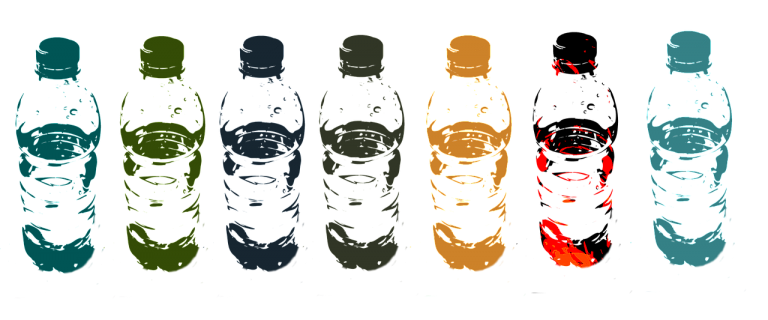Photo by Artem Beliaikin on Unsplash Production of boiler chickens (those raised for their meat, not eggs) in the US...
Head West, Young Man…Unless You Need Water.
In the face of climate change, droughts, and increased demand from urban/residential areas, the US Bureau of Reclamation is ordering farmers to significantly cut their water usage. A major source of water for the American West, the Colorado River has…













